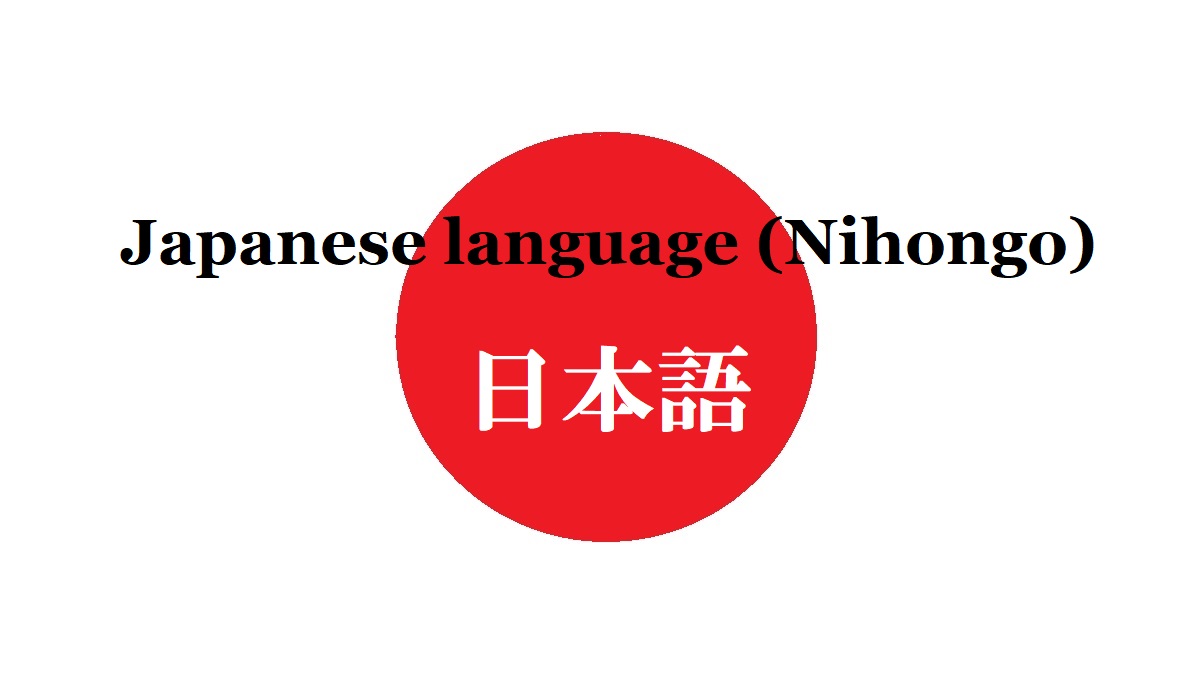[Step.2] Three types of subject
Subject in Japanese is basically made by connecting a particle “wa” (は) after noun or pronoun.
But subject with “ga” (が) or “mo” (も) is often used.
In English, there is no variety like this.
Each of them has a different nuance, but that’s quite expressive.
Subject with “ga”
As an example, I translate the following English sentence.
She is a nurse.
2) Kanojo ga kangoshi desu.
About the example, I can show above two Japanese sentences.
1) is a normal sentence, but 2) has a little unique nuance.
When a speaker expresses an answer about the topic in the conversation, the answer is set up as the subject with “ga” for highlighting.
But this explanation is abstract and you may not understand.
I can summarize it like this.
1) is the answer for the question “What is she?”.
2) is the answer for the question “Who is a nurse?”.
About 2), “kanojo” (she) is the most important topic in the situation, and the speaker puts the word at the subject to use it in the first part of the sentence.
For example, this expression is used in the following situation.
A man is searching a nurse in a group.
A member of the group said to the man pointing to a woman, “Kanojo ga kangoshi desu.” (She is a nurse).
In this case, you can make a sentence without “ga”.
At that time, the subject exchanges with the complement.
But, we feel that the impact of this sentence is a little lower than above 2).
(Ex.) Yumi teaches Japanese.
Let’s check one more example.
There are several Japanese language teachers.
This spearker says that Yumi among them is selected for the teacher.
Subject with “mo”
Particle “mo” makes a phrase with additional meaning.
When subject has the particle “mo”, the person of subject does the same action following the others.
“Too” or “also” is added in the sentence in English, but the phrase with “mo” means such situation definitely.
Mr.A : What do you eat?
Mr.B : I eat sushi.
Mr.C : I eat sushi, too.
You can use “mo” in object.
Direct object has “o” as the particle.
You can use “mo” instead of "o".
At that time, the object has an additional meaning.
I eat sushi.
1) is the simple speaking that I eat sushi.
But, 2) adds an additional meaning.
I am eating various dishes.
And I say that I eat sushi as the additional dish.


